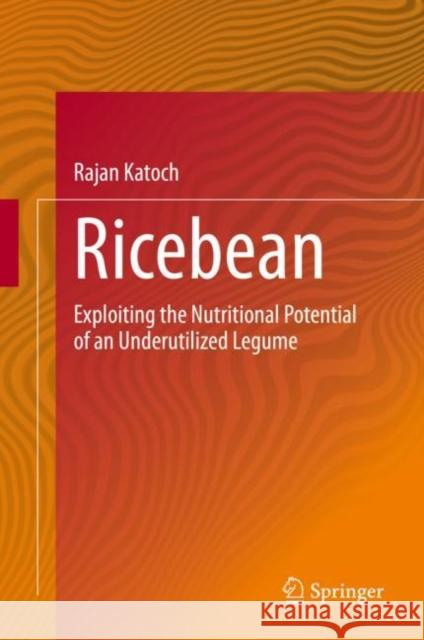Ricebean: Exploiting the Nutritional Potential of an Underutilized Legume » książka
topmenu
Ricebean: Exploiting the Nutritional Potential of an Underutilized Legume
ISBN-13: 9789811552922 / Angielski / Twarda / 2020 / 365 str.
Ricebean: Exploiting the Nutritional Potential of an Underutilized Legume
ISBN-13: 9789811552922 / Angielski / Twarda / 2020 / 365 str.
cena 603,81
(netto: 575,06 VAT: 5%)
Najniższa cena z 30 dni: 578,30
(netto: 575,06 VAT: 5%)
Najniższa cena z 30 dni: 578,30
Termin realizacji zamówienia:
ok. 22 dni roboczych
Dostawa w 2026 r.
ok. 22 dni roboczych
Dostawa w 2026 r.
Darmowa dostawa!
Kategorie:
Kategorie BISAC:
Wydawca:
Springer
Język:
Angielski
ISBN-13:
9789811552922
Rok wydania:
2020
Wydanie:
2020
Ilość stron:
365
Oprawa:
Twarda
Wolumenów:
01
Dodatkowe informacje:
Bibliografia











